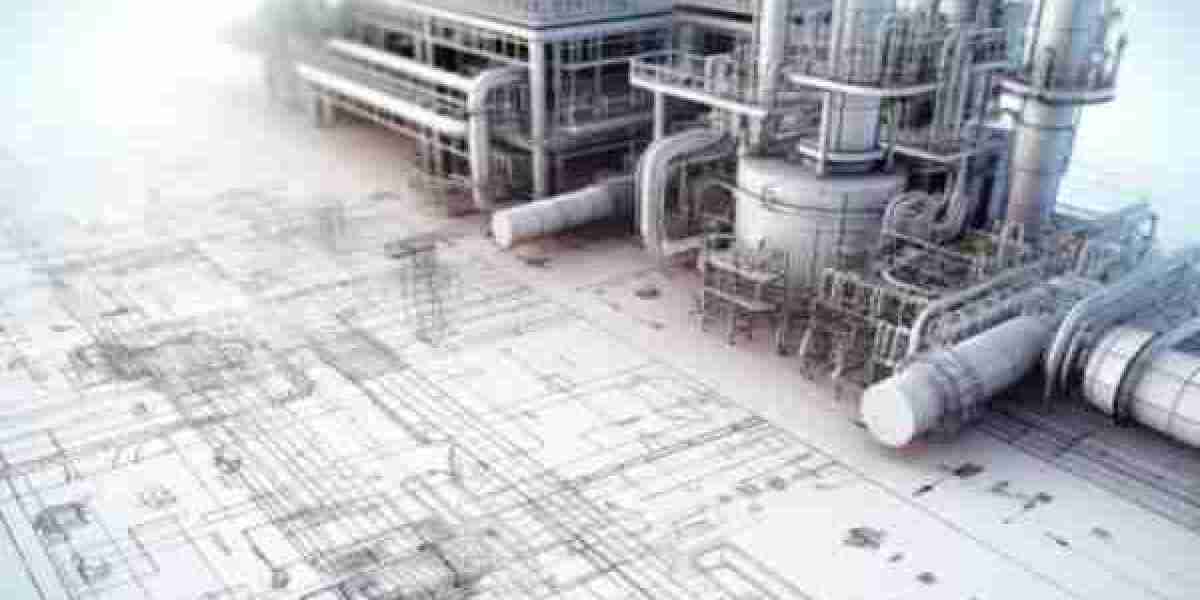As we approach 2025, the field of mechanical estimating services is undergoing significant changes. With advancements in technology and increasing demand for accuracy, businesses are looking for innovative ways to improve cost efficiency and project outcomes. Mechanical estimating services play a crucial role in ensuring projects are completed on budget and on time, and staying ahead of emerging trends is vital for success. At Precision Estimator, we are committed to embracing these changes and providing our clients with the most effective and reliable estimating solutions. Here are the top trends that will shape the future of mechanical estimating in 2025.
1. Artificial Intelligence and Machine Learning
The integration of Artificial Intelligence (AI) and Machine Learning (ML) into mechanical estimating is transforming the way costs are predicted. These technologies enable estimators to analyze vast amounts of historical data to detect patterns and trends that human estimators might overlook. AI-powered tools help improve accuracy by predicting labor, material, and time requirements with greater precision.
Machine learning algorithms continuously adapt based on new data, refining cost predictions and identifying the most efficient solutions for each project. As a result, mechanical estimating will become more dynamic and precise, helping businesses manage costs better and avoid unexpected budget overruns. By adopting AI and ML, Precision Estimator can offer clients faster, more accurate estimates while reducing the risk of human error.
2. Building Information Modeling (BIM)
Building Information Modeling (BIM) is revolutionizing how mechanical systems are designed, analyzed, and estimated. BIM is a digital representation of a project that allows all stakeholders to collaborate on a single platform. For mechanical estimators, BIM provides access to 3D models of mechanical systems, enabling a more comprehensive understanding of how these systems will interact with the overall building design.
With BIM, mechanical estimators can visualize complex systems before construction begins, identifying potential clashes or inefficiencies that could increase costs. This early detection allows for adjustments to be made in the design phase, reducing the likelihood of costly changes later. BIM also facilitates smoother communication between project teams, ensuring that everyone is aligned on the project’s scope and costs.
3. Cloud-Based Estimating Solutions
Cloud-based platforms are transforming mechanical estimating by allowing teams to access and share data in real time, regardless of their location. Cloud-based estimating software enables mechanical estimators to store and retrieve data efficiently, ensuring that all project stakeholders are working from the latest information. This level of collaboration improves accuracy and transparency, reducing the chances of errors caused by outdated data or miscommunication.
Cloud technology also offers flexibility, allowing businesses to scale their estimating resources as needed without investing in costly infrastructure. With real-time updates and easy access to project data, cloud-based estimating solutions are becoming a vital tool for improving efficiency and reducing delays in mechanical estimating.
4. Sustainability and Green Building Practices
Sustainability is becoming a key consideration in construction, and mechanical estimators must factor this into their cost predictions. In 2025, the demand for energy-efficient systems, renewable energy technologies, and environmentally friendly materials is expected to increase. Mechanical estimating services will need to account for these green building practices, ensuring that projects remain both environmentally responsible and within budget.
Estimating tools will evolve to include features that assess the environmental impact of various materials and systems, helping clients make more sustainable choices without compromising performance or cost. The integration of green building certifications, such as LEED (Leadership in Energy and Environmental Design), will also become an important factor in the estimating process, adding another layer of complexity to mechanical cost assessments.
5. Advanced Cost Databases
For mechanical estimating to be accurate, estimators need reliable, up-to-date cost data. In 2025, advanced cost databases will become increasingly essential for mechanical estimators. These databases will offer more detailed and real-time information on labor, material, and equipment costs, allowing estimators to create more precise estimates.
The integration of historical data into these databases will further enhance their value, as it allows estimators to make data-driven decisions based on previous project outcomes. With advanced cost databases, mechanical estimators can provide clients with estimates that are more reflective of current market conditions, helping to prevent cost overruns and unexpected expenses.
6. Mobile Estimating Solutions
Mobile technology is becoming a staple in the mechanical estimating process. In 2025, mobile estimating solutions will become standard, allowing estimators to access project data and update estimates on the go. Whether on-site or in the office, estimators will be able to capture real-time information, update cost estimates, and collaborate with project teams using their smartphones or tablets.
Mobile estimating solutions increase efficiency by eliminating the need for estimators to return to the office to input data, enabling them to make faster decisions and respond to changes in the field. This flexibility will lead to quicker turnaround times and more accurate estimates, helping to streamline the entire project lifecycle.
7. Virtual Reality (VR) and Augmented Reality (AR)
Virtual Reality (VR) and Augmented Reality (AR) are emerging technologies that are transforming how mechanical systems are visualized. VR provides an immersive experience where estimators can interact with 3D models of mechanical systems, helping them to identify potential issues or inefficiencies before construction begins. This technology allows estimators to experience the project as though it were already built, offering a more comprehensive view of the design.
On the other hand, AR overlays digital information onto the real world, helping estimators see how mechanical systems will fit within an existing structure. By providing an interactive and detailed view of the project, VR and AR can help improve the accuracy of mechanical estimates, reduce mistakes, and enhance communication between project teams.
8. Automation of Repetitive Tasks
The automation of routine tasks is one of the most exciting trends in mechanical estimating. Tasks such as data entry, quantity take-offs, and material calculations can be time-consuming and prone to human error. By automating these processes, mechanical estimators can focus on higher-level tasks, such as analyzing project data and managing risks.
Automation tools are becoming increasingly sophisticated, allowing for faster and more accurate estimates. As these technologies improve, mechanical estimators will be able to provide clients with quicker turnaround times and more reliable cost predictions, ultimately leading to improved project efficiency.
9. Predictive Analytics for Risk Management
Risk management is a critical aspect of mechanical estimating. Predictive analytics is enabling estimators to better assess and mitigate risks related to cost overruns, project delays, and resource shortages. By analyzing historical data, market trends, and external factors, predictive analytics helps estimators identify potential risks and develop strategies to address them before they become problems.
With predictive analytics, mechanical estimators can provide more accurate risk assessments, allowing businesses to make better-informed decisions and avoid costly disruptions during the project lifecycle.
Conclusion
As the mechanical estimating industry continues to evolve, embracing new technologies and trends will be crucial to staying competitive in 2025. From AI and machine learning to BIM integration, cloud-based solutions, and sustainability, the trends shaping mechanical estimating services are improving accuracy, efficiency, and collaboration across the board. At Precision Estimator, we are committed to adopting these advancements and delivering top-quality estimating services that help our clients succeed in today’s fast-paced construction environment. By staying ahead of these trends, we can provide accurate, reliable, and cost-effective estimates that keep projects on track and on budget.




